Explainer: the controversy behind genome editing our food
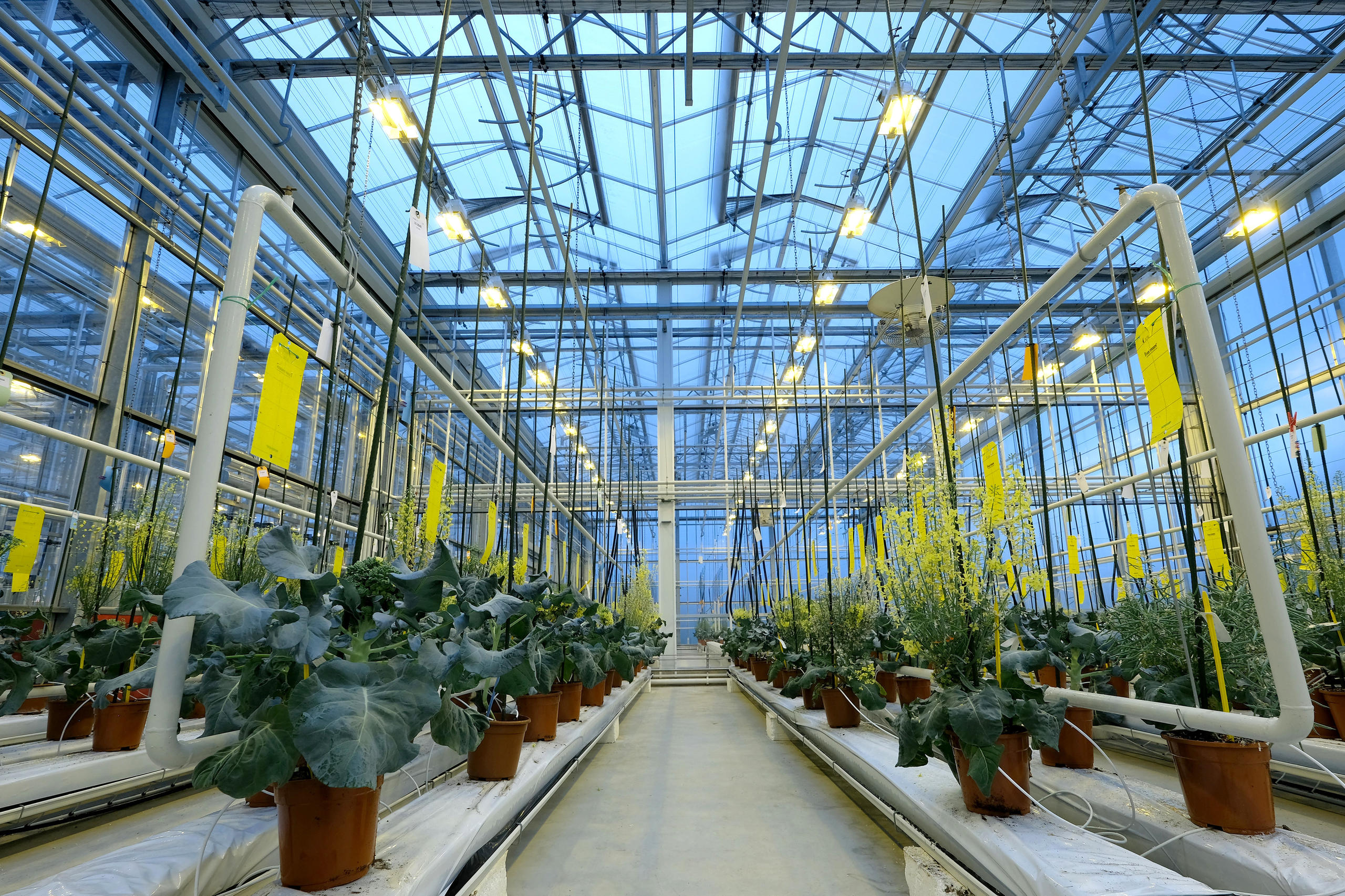
How to feed the world has become an increasingly urgent question as governments look for ways to produce more crops on a planet under mounting stress from climate change.
Genome editing technologies like CRISPR-Cas9 are being tabled as a way forward but there are strong views for and against the idea. What’s behind the science and the debate?
What is genome editing and how is it being applied in the agriculture sector?
Genome editing (also known as gene editing) involves changing the DNA of living organisms such as plants, animals, and humans. Plant breeders have been altering genes to develop new, improved plant varieties for years, but recent technological advances have made it possible to edit an organism’s genome faster, cheaper, and more accurately.
One tool to do this is CRISPR-Cas9External link (clustered regularly interspaced short palindromic repeats and associated protein 9). Discovered in 2012External link, it acts like scissors, cutting DNA at a specific spot to enable very precise changes to the characteristics of a plant. This can be anything from the colour and size of a vegetable or fruit to its nutritional content and ability to resist diseases and pesticides.
Other common technologies for genome editing include ZFNs (zinc finger nuclease) and TALENs (transcription activator-like effector nucleases).
There is debate about how to classify and label genome-editing with tools like CRISPR-Cas9. The European Union uses “new genomic techniquesExternal link” to refer to techniques that are capable of altering the genetic material of an organism and that have emerged or have been mainly developed since 2001.
What is the difference between genome-edited seeds and genetically modified seeds?
Traditional breeding involves identifying, selecting, and “crossing” plants over multiple generations to improve the characteristics of a crop. This has evolved over the years to be more efficient using data and genome sequencing.
Genome editing with CRISPR-Cas9 has a range of applications. It can be used to insert DNA from the same species – such as wild potato and a cultivated potato. It can also insert the DNA of one organism, for example an insect, into the genome of a different species such as a plant. This results in what is commonly known as a genetically modified organism (GMO).
EU lawExternal link defines GMOs as “organisms in which the genetic material (DNA) has been altered in a way that does not occur naturally by mating or natural recombination”. However, GMOs developed in the 1990s also used different, less precise, methods than new genome editing tools.
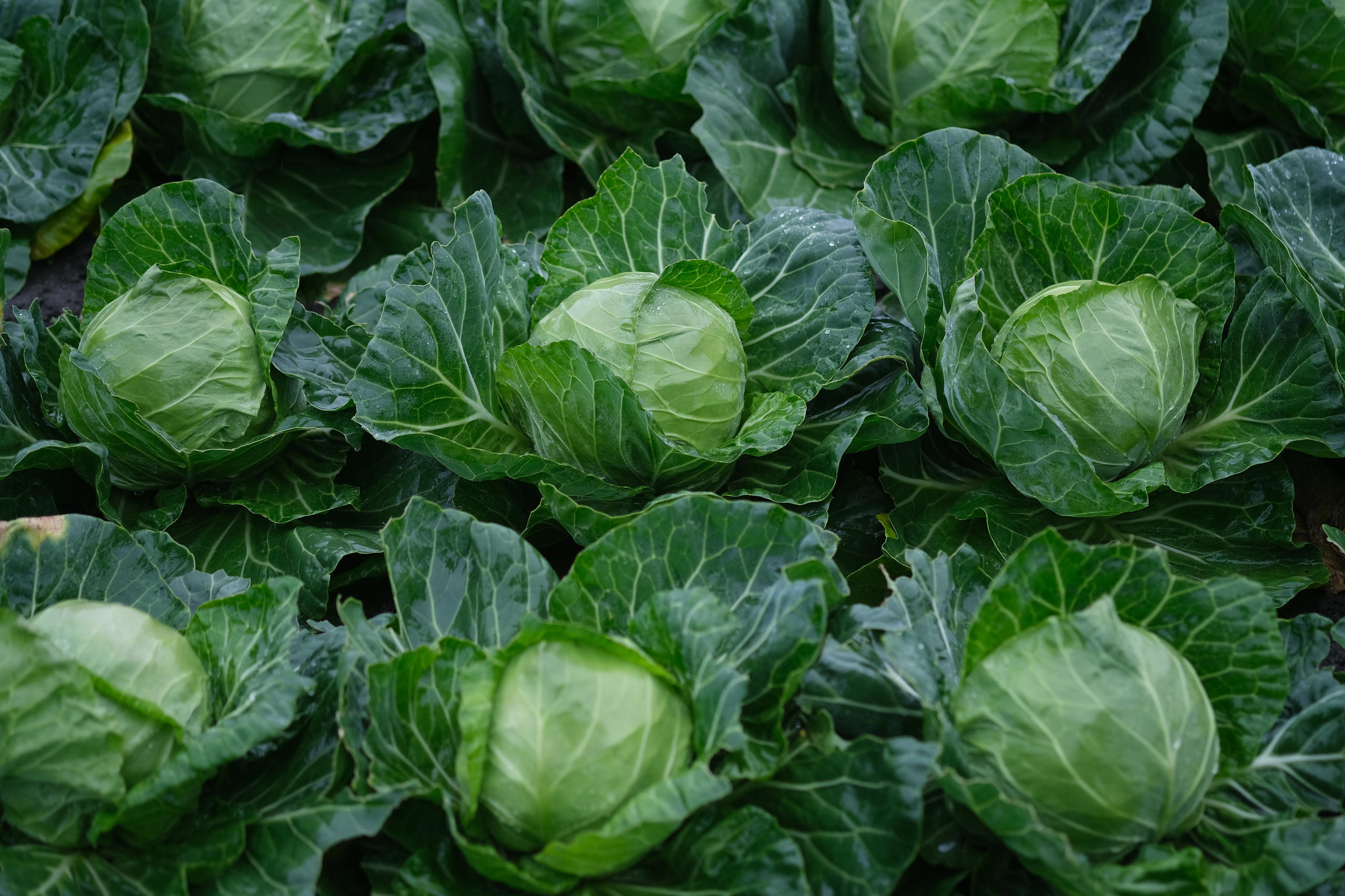
More
Genome editing’s patent problem fuels concern for the future of food
Why is genome editing in agriculture controversial?
The main debate is about the potential benefits and risks both to human health and the environment from genome editing technologies.
Advocates of genome editing, including big seed companies, say the technology is simply speeding up what already happens in nature or through traditional breeding methods, and that therefore, the risks are minimal. They also argue that tools like CRISPR-Cas9 are more precise than earlier genetic engineering techniques, so there is less risk that a useful gene is destroyed in the process.
Critics contend that genome editing can create a range of changes to the genome in plants that pose risks to biodiversity, water and soil, human health, and organic food production. Some are concerned that such crops could outcompete natural species and create broad monocultures, which could wreak havoc on ecosystems. Some of the risks aren’t fully understood, many argue.
There are also ethical and social questions about when and where the technology should be used, and who has access to the seeds.
Where does regulation on genome-edited seeds and food stand?
The regulatory landscape is in a state of fluxExternal link as technological development and climate change concerns prompt many countries to change long-standing policies on genetic engineering. Regulation influences requirements for safety checks and whether genome-edited products should be labelled differently.
The US and Canada have both decided not to regulate genome editing if the genetic alteration could have happened through traditional methods. This means genome edited plants aren’t subject to GMO safety protocols and labelling requirements. The United KingdomExternal link took a similar stance last year. Some countries, such as Brazil and Argentina, are treating genome editing as conventional plants unless they contain foreign DNA.
In Japan genome-edited crops must be registered, but they don’t need to undergo safety or environmental testing. In December 2020, it gave the green light for a genomeExternal link-edited tomato to be sold to consumers.
China has had strict limits on the import and production of GMOs until now. However, in a move to transform the seed industry and boost food security, the government recently announced regulatory changes that pave the way for more approvals of genetically modified crops. In January 2022, it also laid out rules that would allow genome-edited plants to skip lengthy field trials required for GM ones. The government is investing heavily in the technology but no genome-edited plants have been commercialised.
Russia is also investing heavily in genome editing technologies and has indicated that genome-edited plants that don’t involve inserting foreign DNA could be exempt from a 2016 law prohibiting the cultivation of GMOs. In 2019, the government launched a $1.7-billion programmeExternal link to develop 30 gene-edited plant and animal varieties in the next decade.
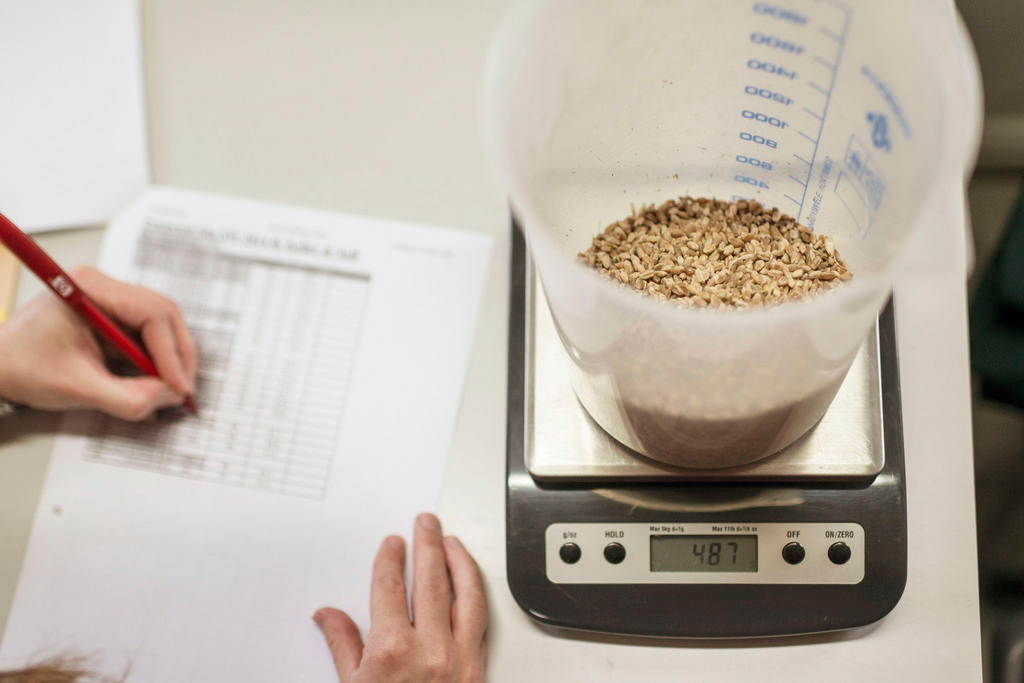
More
Ruling on gene editing causes stir in Switzerland
Switzerland has thus far followed the EU, which has placed genome-edited organisms under the GMO DirectiveExternal link since 2001. This was supported by a European Court of Justice ruling in 2018, which said genome editing had no history of safe use. In April 2021, the European Commission took a more favourable stance toward genome editing in a study that recommended adapting legislation to reflect scientific and technological progress, specifically new genomic techniques.
Last December, one chamberExternal link of the Swiss parliament voted in favour of excluding genome-edited plants from the GMO moratorium. However, some politicians have called for more safety evidence before making a final decision.
Are there any genome-edited foods on the market?
So far, there are only a handful of genome-edited products on the market: a soybeanExternal link with a healthier fatty acid profile is the first commercial product in the US (developed using TALENs), and in Japan, a tomatoExternal link fortified with gamma-aminobutyric acid (developed using CRISPR) went on sale in September 2021.
Researchers are working on many other vegetable and fruit varieties including an anti-browning white button mushroom, seedless tomatoes, herbicide-resistant canola, extra-starchy potatoes, cacao resistant to fungal and viral diseases, and sweeter strawberries with a longer shelf life.
More
Edited by Nerys Avery.

In compliance with the JTI standards
More: SWI swissinfo.ch certified by the Journalism Trust Initiative




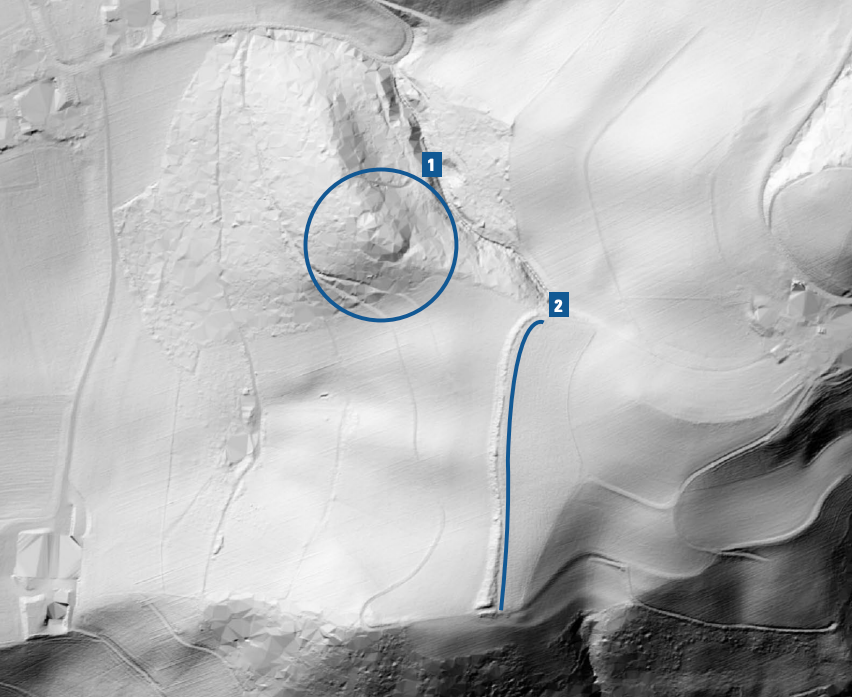




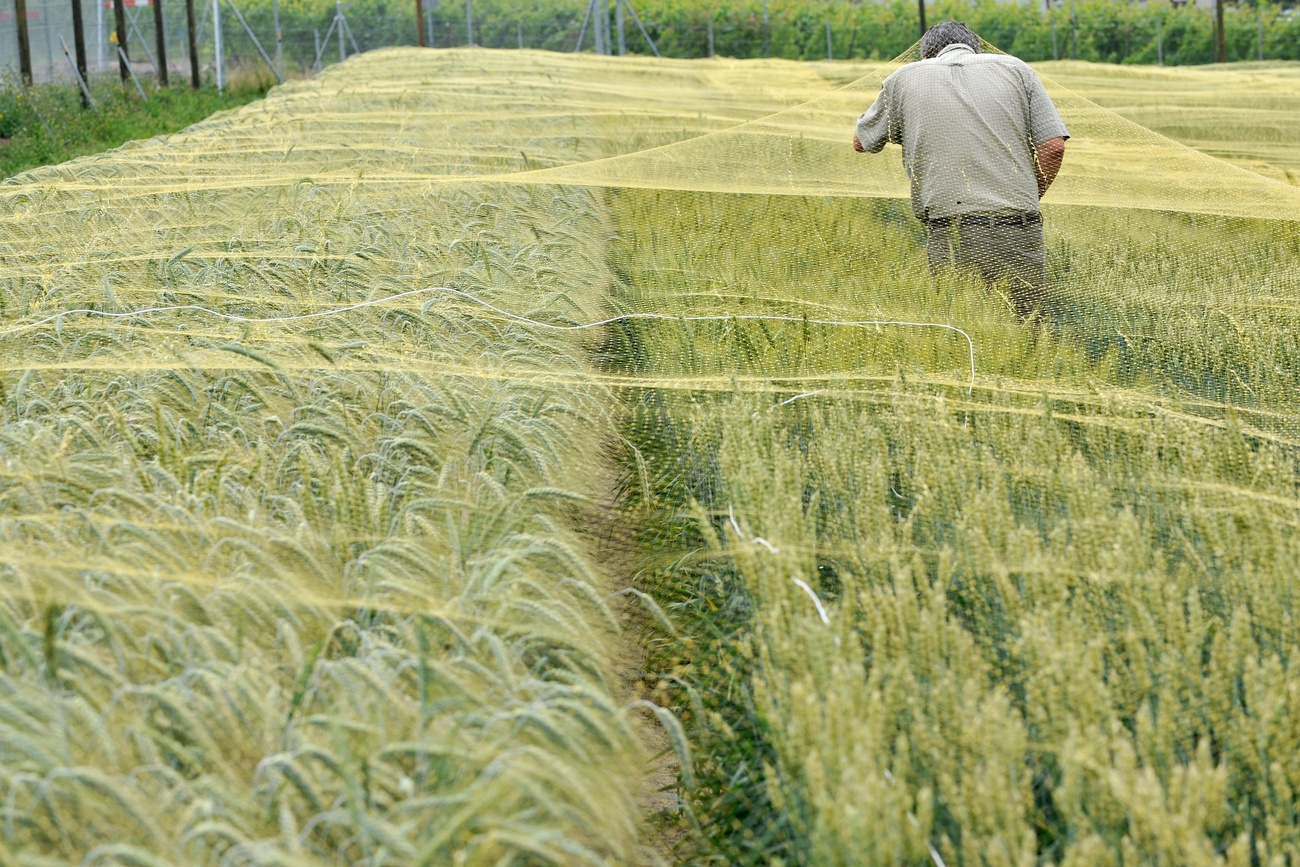

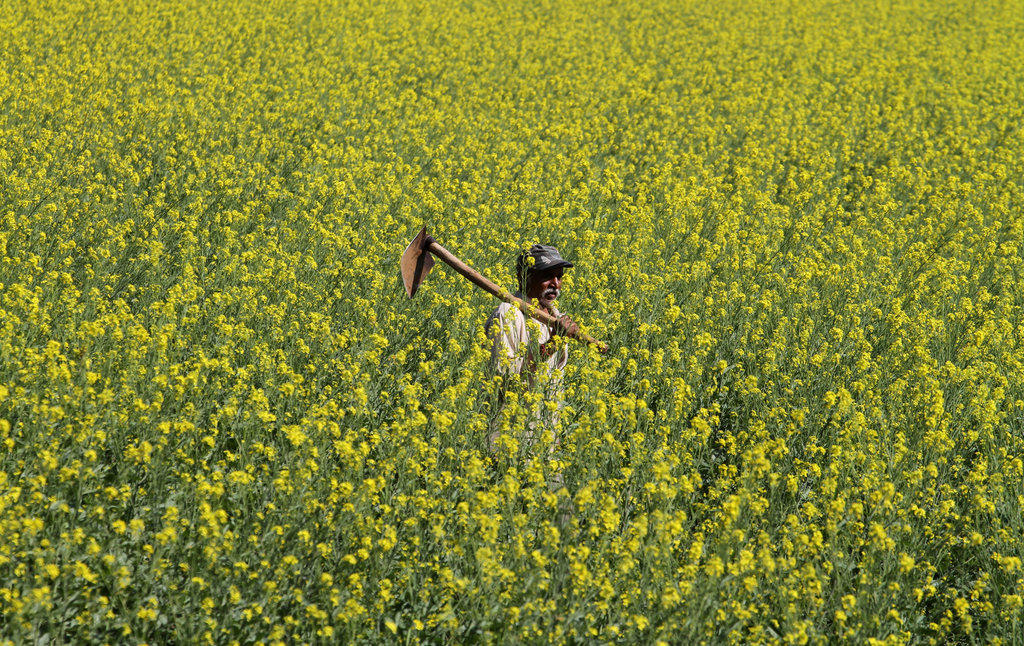
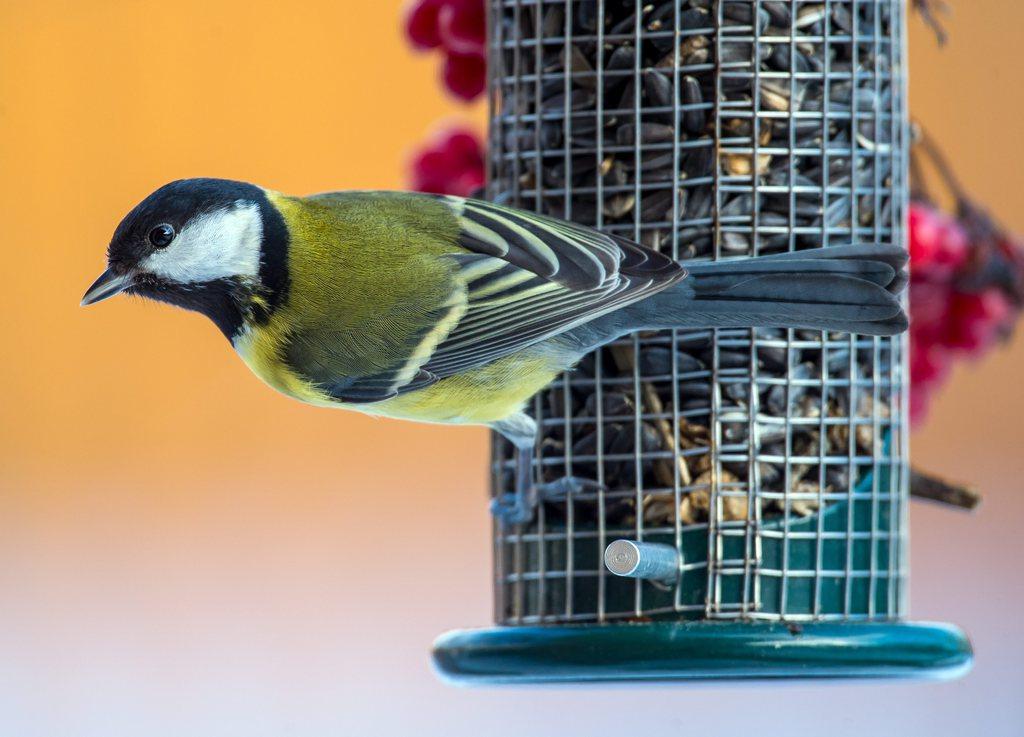
You can find an overview of ongoing debates with our journalists here . Please join us!
If you want to start a conversation about a topic raised in this article or want to report factual errors, email us at english@swissinfo.ch.